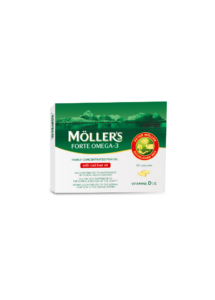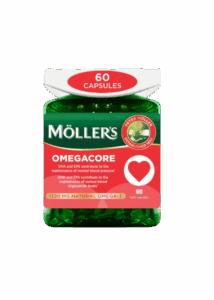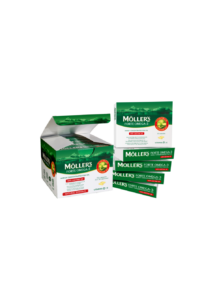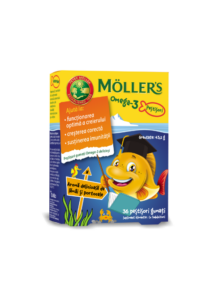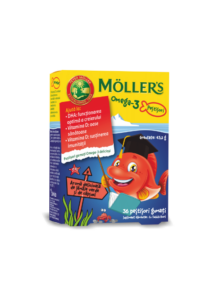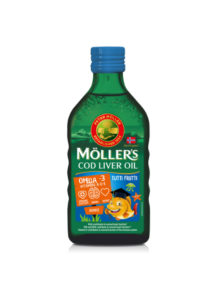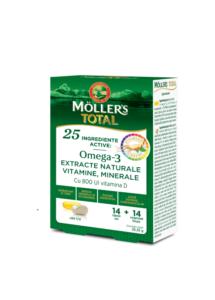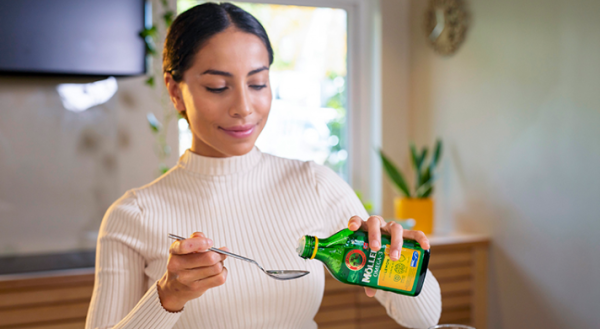Bolna koljena ili teškoće prilikom otvaranja staklenki mnogi smatraju sastavnim dijelom starenja. No, mora li to biti tako?
Home » Ublažavanje i prevencija bolova u zglobovima
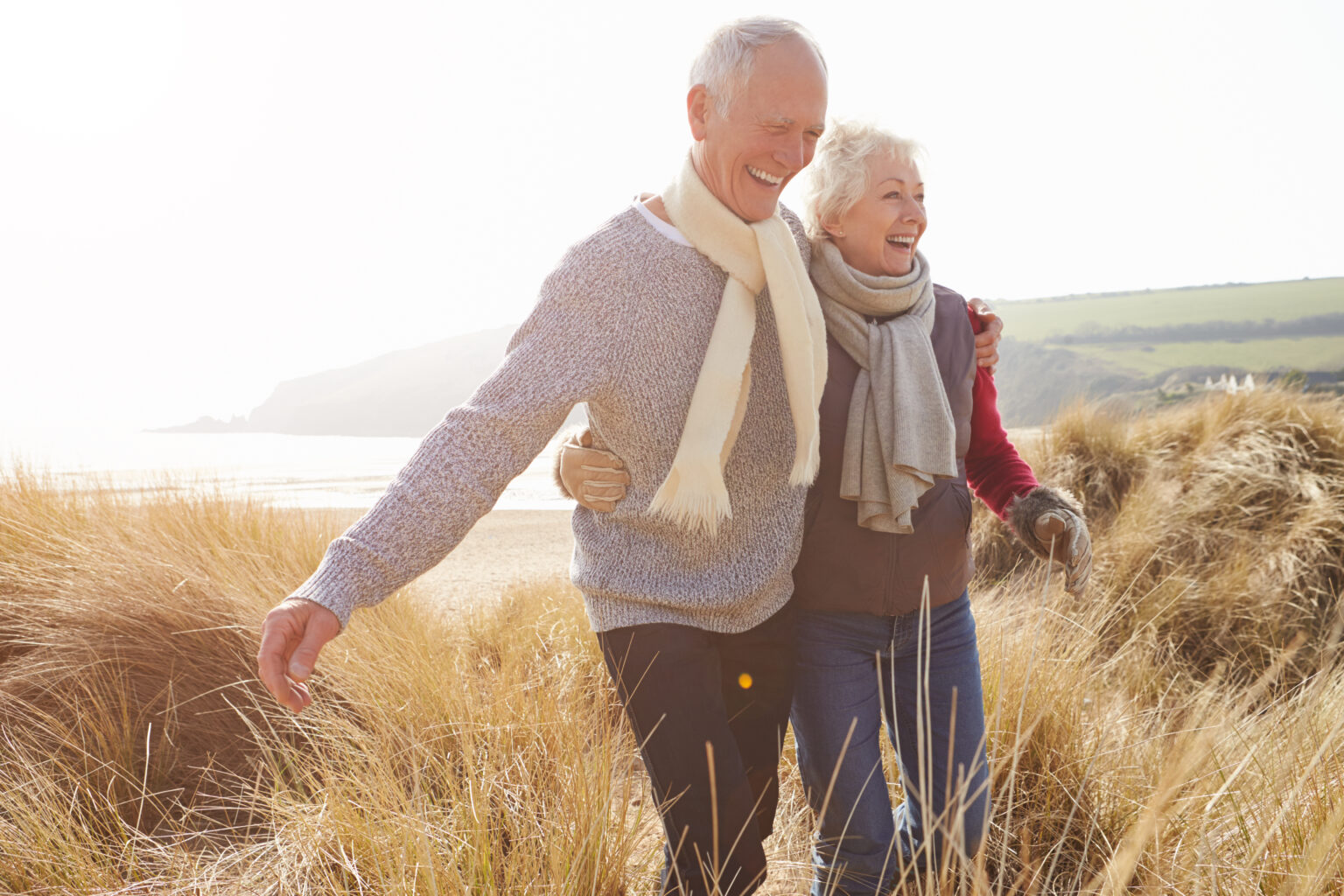
S godinama se bol najčešće prvo javlja u kukovima i koljenima. Takve tegobe podsjetnik su da naše tijelo više nije kao nekad. Tijekom godina, promjene na zglobnoj hrskavici i ligamentima mogu izazvati bol, otekline i smanjenu pokretljivost. Iako artritis ili osteoartritis pogađa mnoge starije od 40 godina, puno toga možete učiniti kako biste spriječili ili ublažili simptome.
Prevencija bolova u zglobovima tjelesnom aktivnošću
Tjelovježba ima brojne zdravstvene prednosti zbog čega ju je dobro uključiti u svakodnevnu rutinu. Redovita aktivnost sprječava ukočenost zglobova i jača mišiće, što rasterećuje zglobove. Čak i osobe s reumatskim bolestima mogu održavati kondiciju redovitom aktivnošću. Tjelovježba može ublažiti negativne učinke bolesti. Nastojte biti fizički aktivni barem 30 minuta dnevno, a to možete podijeliti u intervale po 10 minuta.
Važno je odabrati aktivnosti koje ne opterećuju zglobove. Plivanje i vježbanje u vodi odlični su odabiri, posebice u grijanim bazenima jer toplina smanjuje bolove i povećava pokretljivost. Vožnja bicikla, lagano vježbanje u teretani, trening s elastičnim trakama te šetnje također su aktivnosti koje minimalno opterećuju zglobove.
Kako spriječiti bolove tijekom vježbanja?
Ako dugo niste bili aktivni, važno je pažljivo osluškivati svoje tijelo.
Uobičajeno je osjetiti određenu bol kada počnete vježbati jer zglobovi i mišići nisu navikli na novi napor. Međutim, ako se bol nastavi dulje vrijeme, moguće je da su vježbe prezahtjevne za vaše zglobove pa biste trebali isprobati nešto drugo. Fizioterapeut vam može pomoći odabrati vježbe koje će vam odgovarati.
Osobama s artritisom korisno je vježbati i prste. Miješenje tijesta za kruh izvrsna je vježba za prste. Ako dosad niste često mijesili tijesto, sada imate odličan razlog za to!
What is good health?
Do you have a good lifestyle?
Lifestyle simply means the way in which you live. Health and lifestyle go hand in hand. You might feel you have a good lifestyle if you are physically active, eat healthily and generally experience a sense of wellbeing. Conversely, if you want good health you should also have a good lifestyle.
Physical activity is the major contributor to a good lifestyle, but diet, drugs, stress, sleep and social conditions are also play an important role. Being able to use the body properly to avoid injury also affects lifestyle. Physical activity can also prevent depression and help you to recover more quickly from mental illness, both of which obviously affect your lifestyle.
Diet can be a difficult topic for many. Perhaps you eat too much or too little or maybe you find it hard to know what foods to combine to have a balanced diet. It’s also important to eat food that contains important vitamins, minerals and dietary fibre, omega-3 and antioxidants. On top of all this, you also need to get enough energy, protein and the correct fatty acids. The requirement for these nutrients changes throughout your life. When you are older you also have different requirements than children and younger adults. Women also have different requirements than men. Pregnant and breastfeeding mothers also have special requirements.
When you get older, you lose muscle mass and your body requires less energy and therefore less food. You may lead a less active life than you did before, which is why you require less food. However, your need for minerals, vitamins and other nutrients remains the same. Of course, there are plenty of healthy and active older people, but when you reach 70 to 80 years of age, it’s easier to become ill, especially during flu season.
Some steps you can take to improve your lifestyle and health are to:
- eat a healthy and varied diet
- stay active
- watch your weight
- avoid too much alcohol and don’t smoke
- get enough sleep
- think positive
- practise good hygiene
What is good quality of life?
The World Health Organisation (WHO) defines quality of life as a state where the individual can realise their potential, cope with normal stressful situations, work in a rewarding and positive way, and be able to contribute to others and society.
Quality of life is a wide and somewhat diffuse concept that includes joy in, and a desire for, life. These are values that are rather felt than measured, which in turn are based on personal environment and choices. Quality of life doesn’t necessarily depend on being healthy or sick. It’s the moments between worries, sorrows, problems and ailments that matter. For example, if you have a chronic illness, a feeling of mastery can be important when talking about quality of life.
To sum up, quality of life is a combination of health, lifestyle, networks and social support. It’s about experiencing joy, meaning in life, satisfaction, security and a sense of belonging, as well as being able to use your strengths. It’s also about feeling interest in life, coping with everyday situations and a being committed to something or someone. If you have good quality of life, you will be able to cope better with the inevitable stressful situations in life.
Naši proizvodi
MÖLLER'S FORTE OMEGA 30 kapsule
MÖLLER'S OMEGACORE
MÖLLER'S FORTE OMEGA 150 kapsule
MÖLLER'S OMEGA 3 RIBICE s okusom NARANČE I LIMUNA
MÖLLER'S OMEGA 3 RIBICE s okusom JAGODE
MÖLLER'S OMEGA 3 RIBICE s okusom COLE
MÖLLER'S OMEGA 3 ULJE JETRE BAKALARA s okusom TUTTI FRUTTI
MÖLLER'S OMEGA 3 ULJE JETRE BAKALARA s okusom LIMUNA
MÖLLER'S TOTAL
Saznajte više
Zašto Möller’s? Pouzdan i kvalitetan izvor omega-3 iz Norveške
imunitet omega-3
Dobro zdravlje, stil života i kvaliteta života – što to zapravo znači?
Ulje jetre bakalara ZDRAVO STARENJE
Ulje jetre bakalara i vaš imunološki sustav
imunološki sustav Ulje jetre bakalara
Pronađite inspiraciju na našem Instagramu
This error message is only visible to WordPress admins
Error: Access Token is not valid or has expired. Feed will not update.
